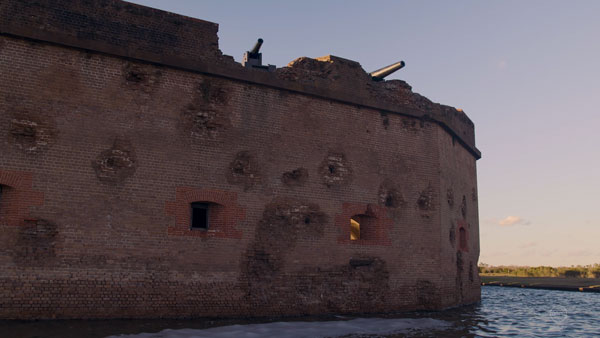The Siege of Fort Pulaski
A Turning Point in Military History
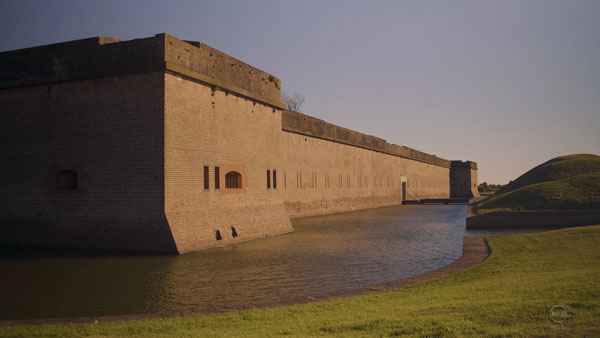
Visiting Fort Pulaski
Why I Filmed Fort Pulaski
Last year I finished a full length documentary, “The Siege of Fort William Henry.” I really enjoyed making that movie, and researching/learning about the history of the fort.
That experience inspired me to make a series of short videos about more of America’s Historic Forts. Now I am thinking about assembling several of them into a longer documentary about American forts. We’ll see if that happens or not…
Visiting the Fort
A few months ago my wife and I took a road trip to Florida to visit some family. We planned our stops around places we thought would be fun to spend a night, and look around. One of our stops was Savannah, Georgia.
Fort Pulaski is about a 20 minute drive from the Savannah historic district. The fort’s hours are from 9-5. They close the access road to the island at night, so you can’t even walk around the outside when it is closed.
I recommend going early. I arrived in the afternoon, and felt a little bit rushed. I would have liked at least another hour or two to see and film the fort.
Savannah, Georgia has several historic forts. I chose Fort Pulaski over the others because my initial hasty research showed its history would lend itself to telling an engaging story.
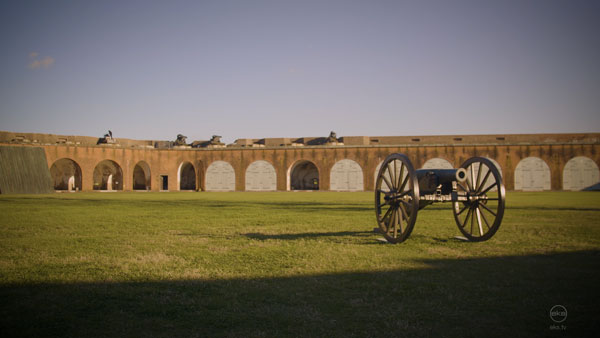
The History of Fort Pulaski
Fort Pulaski was built as part of the Third system of Coastal fortifications following the War of 1812. Work on this historic civil war fort began in 1829, and was completed in 1847.
Fort Pulaski has a pentagonal shape, with two walls on the eastern side of the fort. This shape allowed defensive fire from two fort walls on both the north and south channels of the Savannah river.
The brick walls of Fort Pulaski are more than 7 feet thick, and 22 feet high. The whole structure is surrounded by a moat about 8 feet deep.
After it’s completion in 1847 Fort Pulaski sat neglected. It wasn’t until the Civil War that the fort would receive a full garrison.
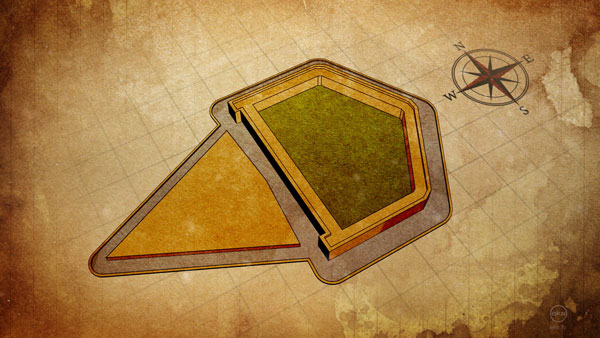
Fort Pulaski During the Civil War
On January 19th Georgia also seceded from the union.
Union Blockades
By November 1861 Confederate troops began to lose ground, and pulled back from the coastal areas. They abandoned Tybee island, and the Union forces quickly took control.
By late February of 1862 the Federal troops had effectively cut off confederate access to the Savannah river. They began establishing batteries on Tybee Island – preparing to lay siege to Fort Pulaski. This work was performed under the cover of night, so their movements would not be discovered, and lasted more than two months.
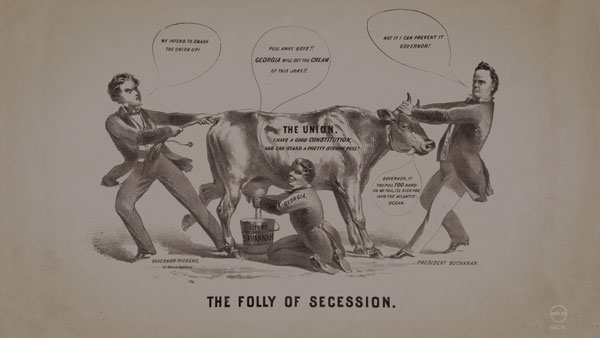
The Siege and Reduction of Fort Pulaski
On the morning of April 10, 1862 the brush hiding the 11 Union batteries was removed. The confederate forces were given the opportunity to surrender, but chose to defend the Fort.
Fort Pulaski was thought to be impregnable. Ground forces could not reach it, and it was thought to be too far away for the artillery to be effective.
The smooth bore cannons commonly used at the time needed to be within 1,000 yards firing distance to be effective against the brick masonry walls. The union positions on Tybee island were further than 1,000 yards.
The U.S. Chief of Engineers, General Totten said of the fort, “You might as well bombard the Rocky Mountains…”
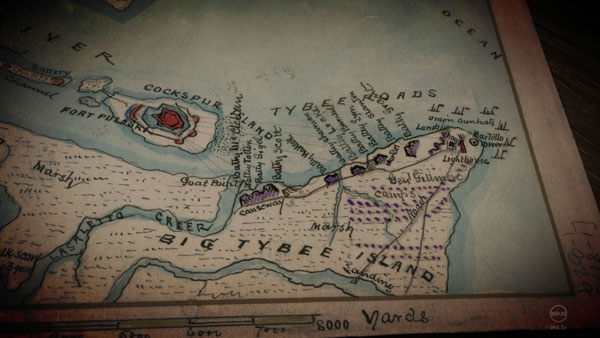
The Union Cannons Begin to Fire
At 8:15am the Union cannons began to fire on Fort Pulaski. The fire from both sides was sporadic and wild, as they dialed in their targets. After a few hours the union guns found their mark, and began taking effect.
The First Use of Rifled Cannons
The Union forces employed a new innovation in cannon technology – rifled barrels. These rifled cannons could fire a projectile with much greater accuracy, over a greater distance than their smoothbore predecessors.
The rifled cannons, and columbiad guns took their toll on Fort Pulaski. At the end of the first day of bombardment the Fort lost several guns in the casemates, most of the guns on the parapets, and the wall had been breached at the southeast angle.
Throughout the night the union army kept a slow fire on the fort, and resumed again with fury on the morning of April 11, 1862. By noon 3 casemate arches were open. The union canons were quickly peeling away the southeast wall.

The Confederate Surrender of Fort Pulaski
By the early afternoon, cannon shells were passing through the breach in the fort’s wall and landing near the magazine. Colonel Charles Hart Olmstead knew it was only a matter of time before a Union shell ignited the powder store and exploded the entire fort.
Confederate fire ceased, and the white flag was raised.
The siege of Fort Pulaski lasted only 30 hours, but military history was changed forever. The reduction of the walls by rifled cannons had rendered masonry forts obsolete.
The defeat of Fort Pulaski has become its most enduring legacy.
